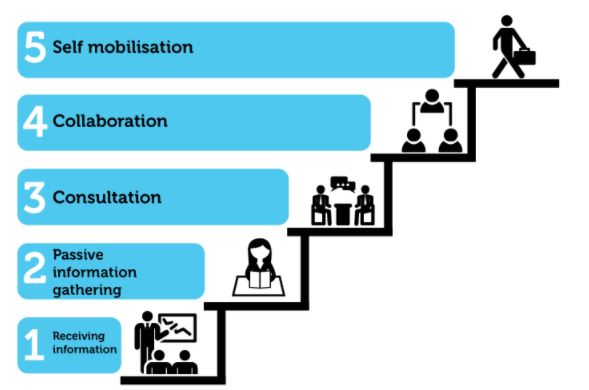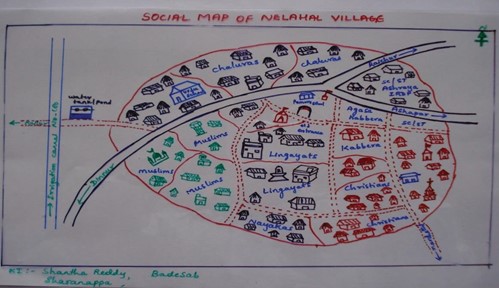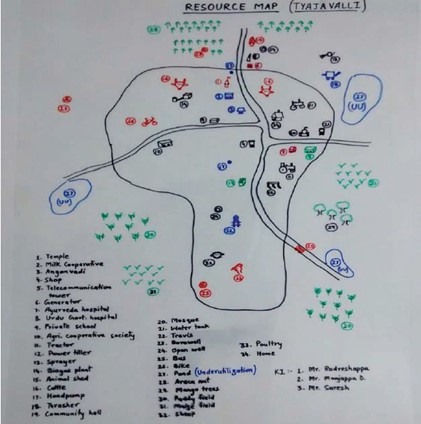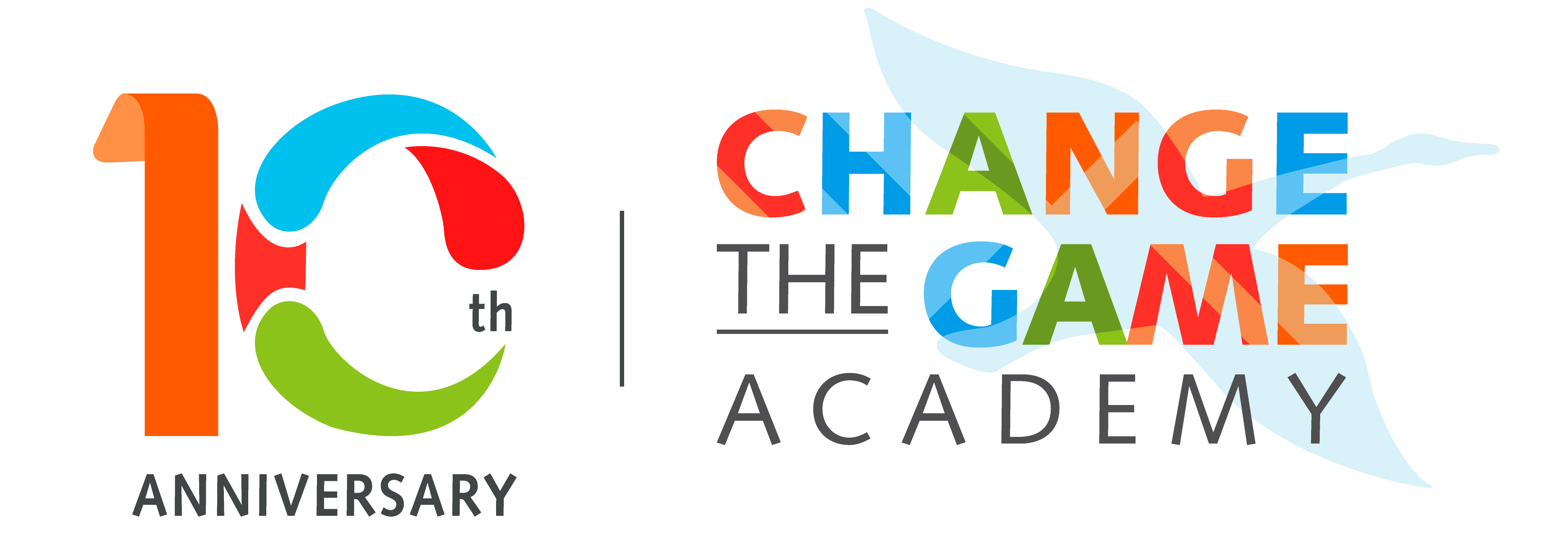When thinking of conducting research, perhaps the image comes to mind of a very time-consuming and extensive job. Participatory action research is different. It is research that is carried out with members of the community. There is room to experiment and test outcomes. This means you are constantly moving and improving as part of the research.
You may want to choose participatory action research, because it is a collaborative and democratic process, leads to practical solutions, includes all stakeholders and improves the credibility of your work.
In eight steps, we will guide you towards developing your own participatory action research.
When thinking of conducting research, perhaps the image comes to mind of a very time-consuming and extensive job. Participatory Action research is different. It is research that is carried out with members of the community. There is room to experiment and test outcomes. This means you are constantly moving and improving as part of the research. That is why we speak of ‘participatory action research’. In Asia, it is also called 'Participatory Rural Appraisal (PRA)'.
Participatory action research consists of four phases, which succeed each other in a circular process of taking action and reviewing what the action does for the stakeholders. It seeks to constantly increase the positive impact of the action for the beneficiaries.
In this toolkit, you will learn how to plan and implement a participatory action research.
[embed_yt id="ns7S-N4_aJ0"]As a community organisation you are always working to improve the lives of the people in your community. You could benefit from ways to improve and increase your impact, while continuing your actions.
"A praticipatory monitoring & evaluation system aids not only in gaining perspectives of primary stakeholders but also in developing an inclusive & accountable M&E system."
Itishree Sahoo, Manager Monitoring, Evaluation & Learning, Oxfam
Define roles
The uniqueness of participatory action research is that the stakeholders involved in the intervention or project are part of the research, with an emphasis on the beneficiary community. The community members become researcher as well as participant. It is helpful to define the roles clearly, when you have a meeting. The same person from the community may play different roles at different times.
Identify and involve all stakeholders
To start, it is a good idea to make a stakeholder list or map with the community, using this worksheet. Include right-holders of the problem or solution, for example village elders, local administration, civil society organisations (faith based organisations, youth groups, women groups, self-help groups, human rights groups, etc.), business community, institutions of learning.

Use the participation ladder to decide how to involve the different stakeholders in the research. Ideally the right-holders should be in level 5, but at minimum at level 3.
[embed_yt id="MksUvwYM_WQ"]
Moving without a plan can bring you where you don’t want to be.
Everybody in the community can contribute in participatory action research; as researcher, data analyst, as well as information source and data collector. By taking up different roles, people exchange knowledge and increase capacities. Sharing the outcome of the research with the community is equally important.
| Research phase | What | Who |
| Planning phase: Identifying the problem and designing the research | Identifying the issue:
|
Researchers together with community members |
| Action phase: Data collection |
|
Researcher or data collector together with the community |
| Analysis phase: Data analysis |
|
Data analist |
| Conclusion phase: Reporting and evaluation | Report the results and give these back to community:
Evaluation with partners and stakeholders:
|
Researcher |
For participatory research, you can use several methods to collect data. For example, a resource map, made with the community, looks like this:
Below, you will find a short description of the methods that are used most. We advise you to use multiple methods to collect data, to prevent bias. Click on the method to learn more.
You plan your research with the community through:
involves the sketching of houses and other social facilities and infrastructure in a village. It helps to visualise and situate the location of household, social facilities and infrastructure in the village.

This is a tool that helps us to learn about the community and its resource base, mostly based on the perception of the natural resources found in their community.

This helps villagers to set priorities (problem, needs, action etc). This is usually done with key informants.
Here the villagers meet in small groups and discuss the most important events in the community in the past and put in to a timeline. This process reflects discussions on problems, social and technological innovations or on the community’s history of cooperation to solve problems in the past.
This method determines patterns and trends throughout the year in a certain village. It can be used to know about rainfall, food availability, agriculture production, income and expenditure, health problems etc. This tool helps to understand how villagers allocate their time to various activities during a year.
We will walk you through the first three methods in the next steps. Download this overview with all of the data collecting tools and links to more information and step-by-step guides.
Social mapping is the most popular method in participatory action research. The focus is on the depiction of living conditions and the nature of housing and social infrastructure: roads, drainage system, schools, railway tracks, religious buildings, post office, well, community hall etc. Social mapping is different from other regular maps in significant ways:
Follow these steps to make your social map:
Download the worksheet for detailed instructions on how to make a social map.
[downloadbutton type=Word size="300px" url="https://www.changethegameacademy.org/wp-content/uploads/2021/02/Worksheet-social-mapping-150221.docx "] Worksheet social mapping[/downloadbutton]
Next to the social map, a resource map is one of the most commonly used methods in participatory action research. While the social map focuses on habitation, community facilities, roads, religious buildings etcetera, the resource map covers the natural resources in the community and depicts land, hills, rivers, fields, vegetation, etc.
Just like a social map, a resource map:

Follow these steps to make your resource map:
Download the worksheet for detailed instructions on how to make a resource map.
[downloadbutton type=Word size="300px" url="https://www.changethegameacademy.org/wp-content/uploads/2021/02/Worksheet-resource-map-150221.docx"] Worksheet resource map[/downloadbutton]
Matrix ranking will help you to create insight in and make participatory decisions about possible interventions in the community. Ranking methods include:
Preference ranking and pairwise ranking are a bit simpler than matrix ranking, but the worksheet will help you through all of the methods. Ranking methods have logical steps to be followed:
Download the worksheet for detailed instructions on how to to set up matrix ranking.
[downloadbutton type=Word size="300px" url="https://www.changethegameacademy.org/wp-content/uploads/2021/02/Worksheet-matrix-ranking-160221.docx"] Worksheet matrix ranking[/downloadbutton]
